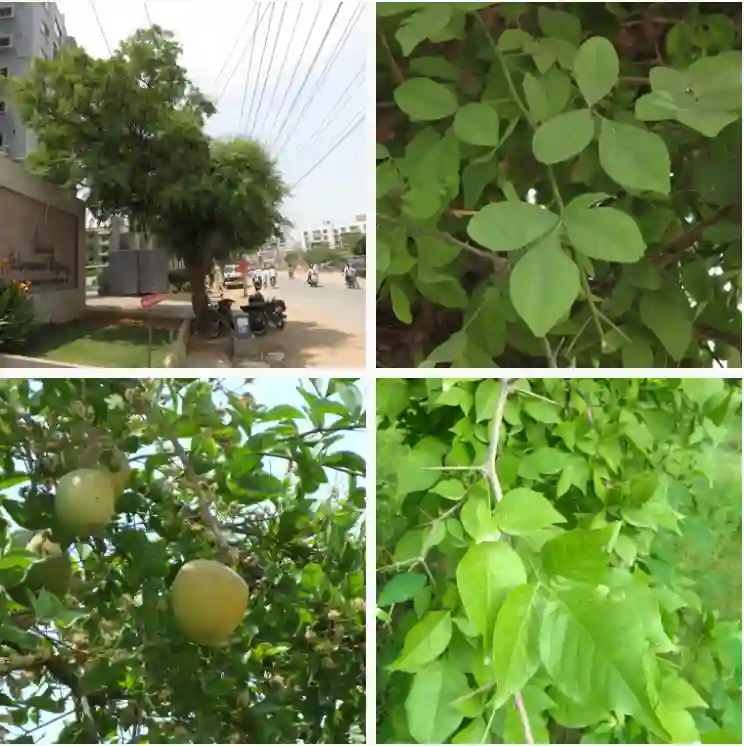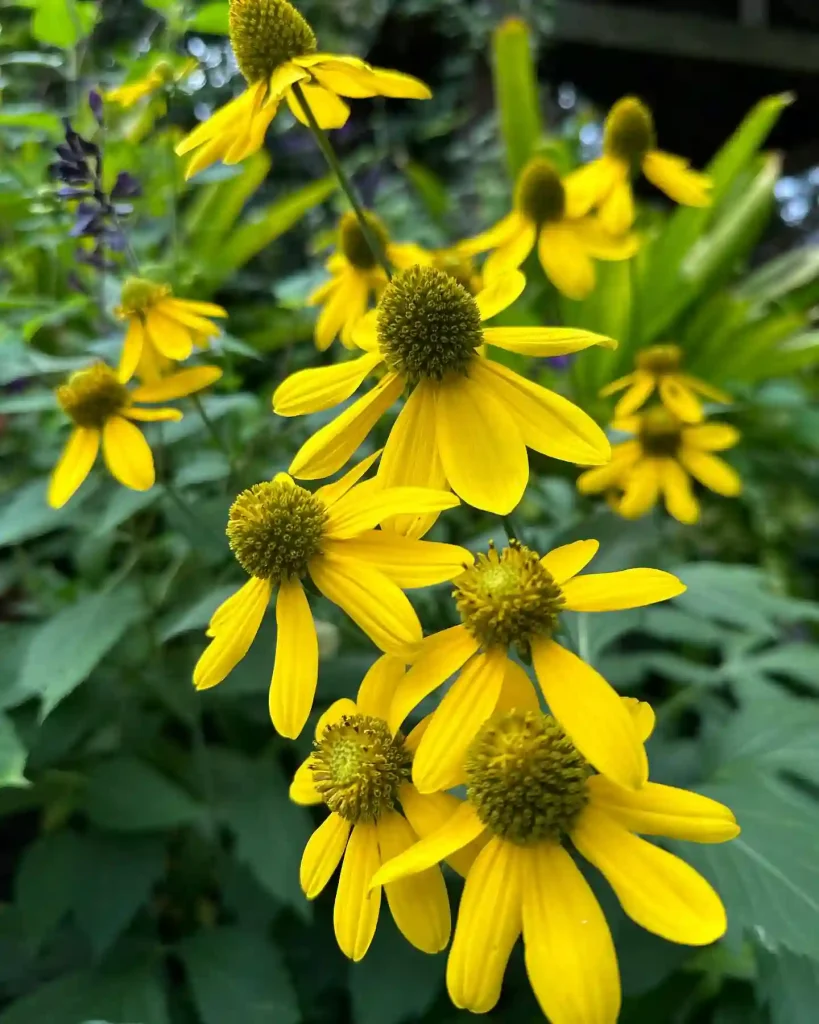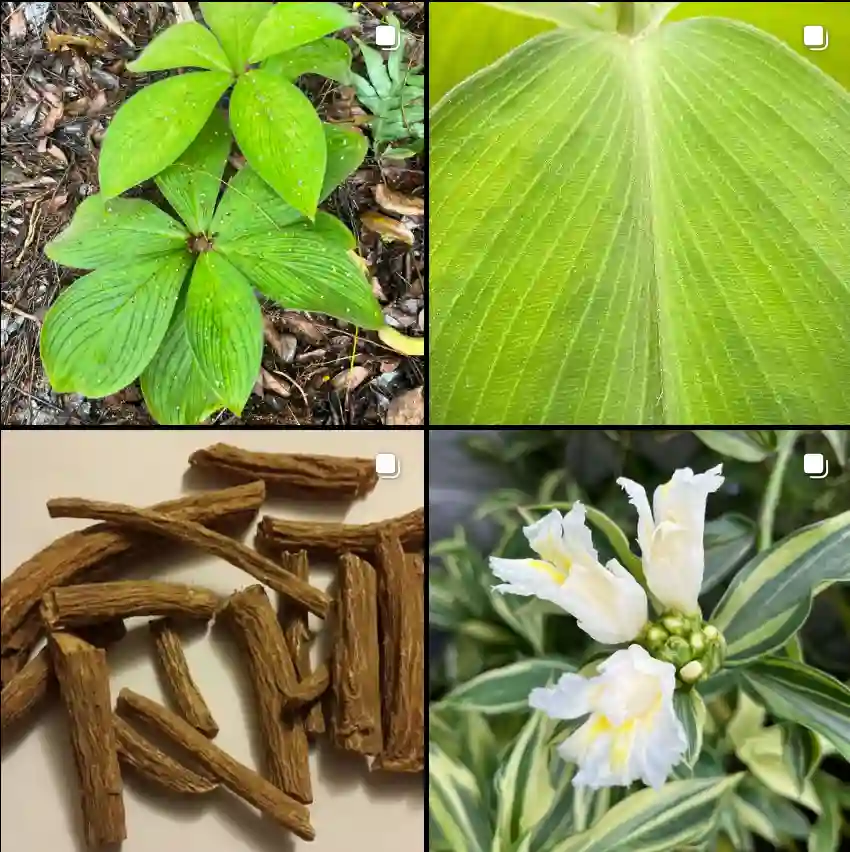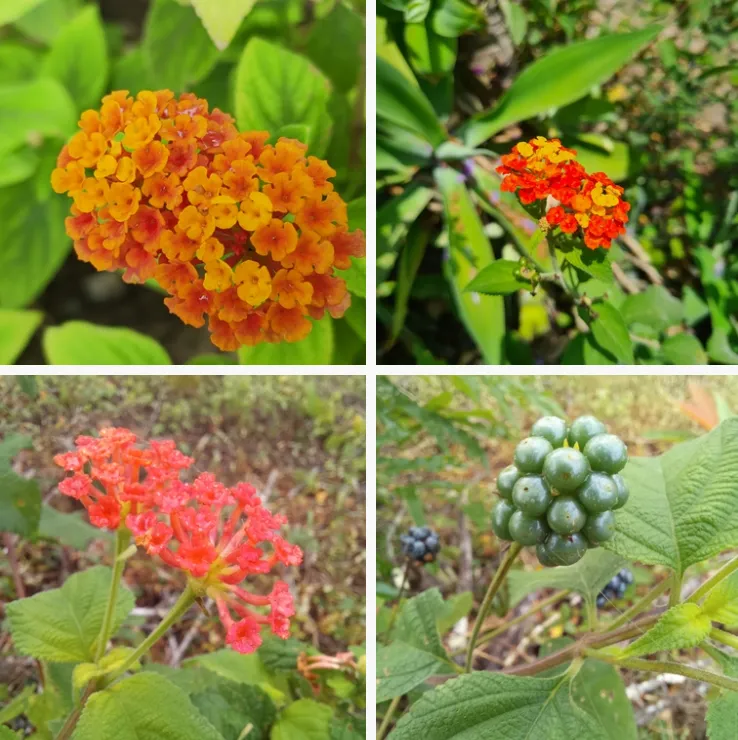Peperomia Ruby Cascade vs Pepperspot
For a while, I couldn’t tell the difference between my Ruby Cascade and Pepperspot Peperomias. They both have those adorable, coin-shaped leaves that cascade down the pot in the most charming way. But after living with them for a year, I’ve noticed some subtle variations.
The Ruby Cascade’s leaves seem a touch thinner and lighter green than the Pepperspot’s. Maybe it’s because it gets a smidge more morning sun. But the real giveaway is on the underside. The Ruby Cascade’s leaves are a deeper, richer red on the back, almost like a burgundy wine. Peperomia Pepperspot‘s red is a bit more muted, leaning towards a rosy pink. It’s a lovely contrast on both plants, but the Ruby Cascade’s definitely gives me a bolder pop of color.
1424 Species in Genus Peperomia
How to care for Peperomia Ruby Cascade?
The Peperomia Ruby Cascade, known for its cascading stems and heart-shaped, watermelon-colored leaves, is a popular and relatively easy-to-care-for houseplant. Here’s a guide to keep it thriving:
Light:
- Bright, Indirect Sunlight: Aim for bright, indirect sunlight for at least 5-6 hours daily. Avoid harsh, direct sun, especially during the hottest part of the day, which can scorch the leaves.
- East or South-Facing Window (Filtered Light): A location near an east or south-facing window with sheer curtains or light filtering can provide ideal lighting conditions.
Watering:
- Water When Dry (Soak and Dry Method): This succulent prefers the “soak and dry” method. Allow the top inch of soil to dry out completely between waterings. Overwatering is a major threat, so underwatering is better than overwatering.
- Thorough Soaking: When watering, soak the soil thoroughly until excess water drains from the pot’s drainage holes. Discard any water collected in the saucer to prevent root rot.
Soil and Potting:
- Well-Draining Mix: Use a well-draining potting mix specifically formulated for cacti or succulents. You can also create your own mix using potting soil, perlite, and coarse sand in equal parts for optimal drainage.
- Drainage Holes: Ensure the pot has drainage holes to prevent waterlogging, which can lead to root rot. Consider using a pot with a saucer to catch excess water, but discard the water after watering.
Temperature and Humidity:
- Warm Temperatures: Peperomia Ruby Cascade prefers warm temperatures between 65-75 degrees Fahrenheit (18-24 degrees Celsius).
- Average Humidity Levels: Average household humidity levels are sufficient. Higher humidity is not necessary but can be beneficial. You can occasionally mist the plant, especially in dry climates.
Fertilizing:
- Light Feeding: Not a heavy feeder. A diluted, balanced liquid fertilizer applied once during spring or early summer is sufficient. Avoid overfertilizing, which can cause leggy growth.
Additional Tips:
- Repotting: Repot your Peperomia Ruby Cascade every 2-3 years or when the roots outgrow the current pot. Choose a pot that’s only slightly larger than the root ball.
- Propagation: You can propagate new Peperomia Ruby Cascade plants throughout the growing season using stem cuttings. Take stem cuttings with a few sets of leaves, allow them to callous over, and then plant them in well-draining soil.
- Pests and Diseases: Generally pest and disease resistant. Watch out for mealybugs and scale insects. Treat them with insecticidal soap or neem oil if necessary.
- Maintaining Bushy Growth: Pinch back leggy stems to encourage bushier growth and a fuller appearance.
How to propagate Peperomia Ruby Cascade?
When propagating my Peperomia Ruby Cascade, I prefer using stem cuttings. I cut a healthy stem just below a node and remove the leaves from the lower part of the cutting. Then, I let the cut end callous over for a day or so to prevent rot. After that, I place the cutting in water or directly in moist soil, keeping it in a warm, bright spot without direct sunlight until roots develop. Once the roots are well established, I transplant the new plant into its own pot.
Are Ruby Cascade Peperomia rare?
In my experience, Ruby Cascade Peperomia isn’t particularly rare, but it’s not the most common plant you’ll find at every garden center either. I had to visit a couple of specialized plant shops before I found mine. Its unique trailing growth and beautiful ruby undersides make it a sought-after addition for plant enthusiasts, but with some persistence, I was able to find one.
Is Peperomia Ruby Cascade poisonous to cats?
Thankfully, Peperomia Ruby Cascade is non-toxic to cats, which is a huge relief for me since I have a curious feline friend who loves to nibble on my plants. Knowing that it’s safe means I don’t have to worry about any potential health issues if my cat decides to take a bite out of it. This makes it a perfect addition to my home without compromising my pet’s safety.
If i die, water my plants!



